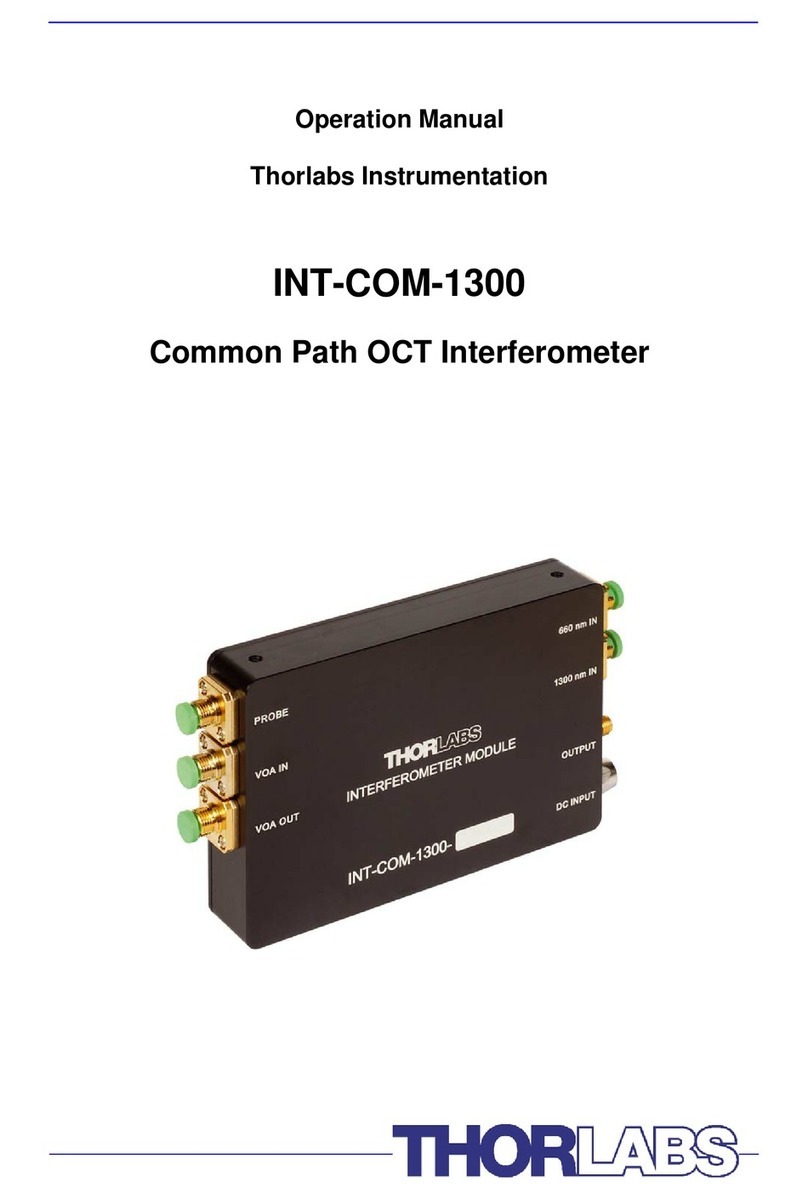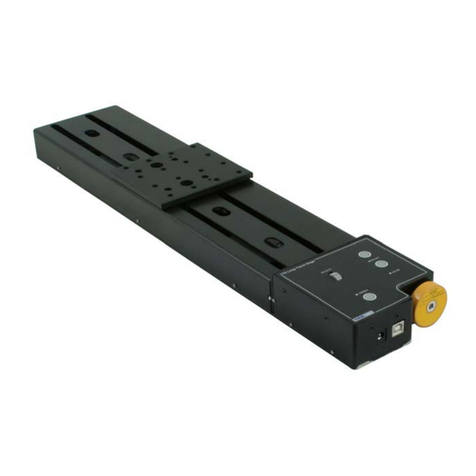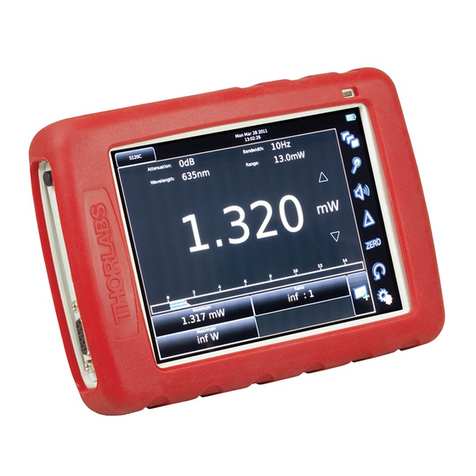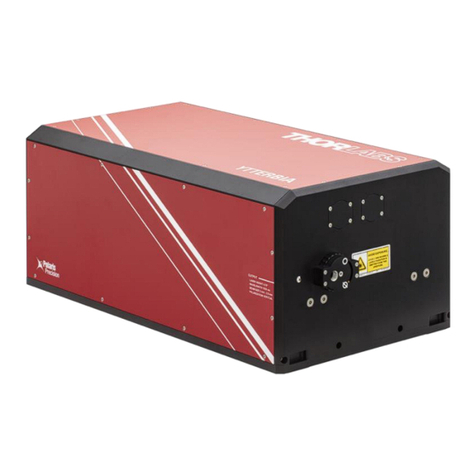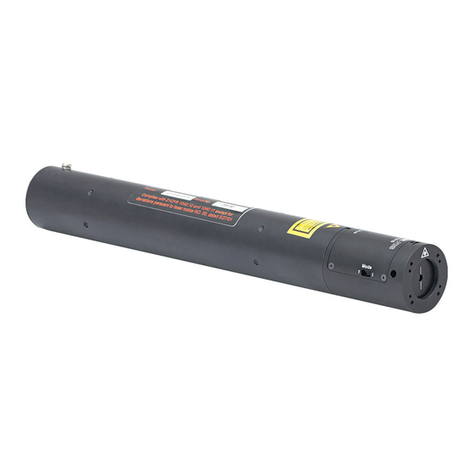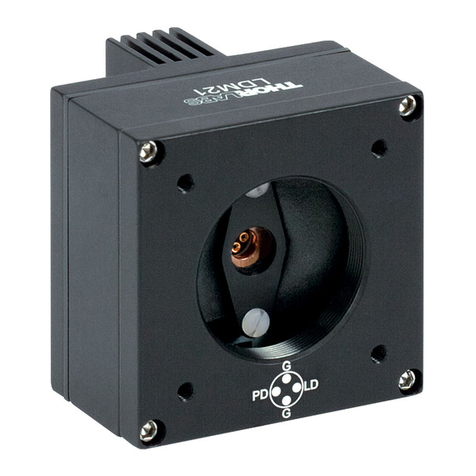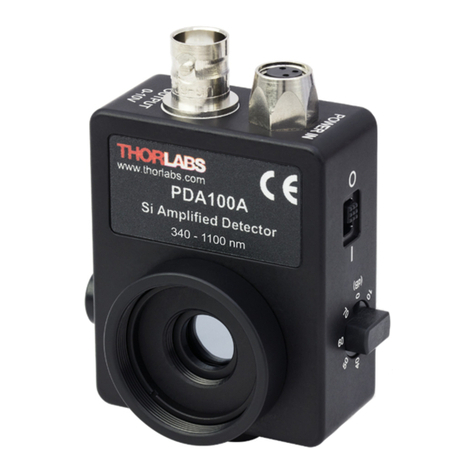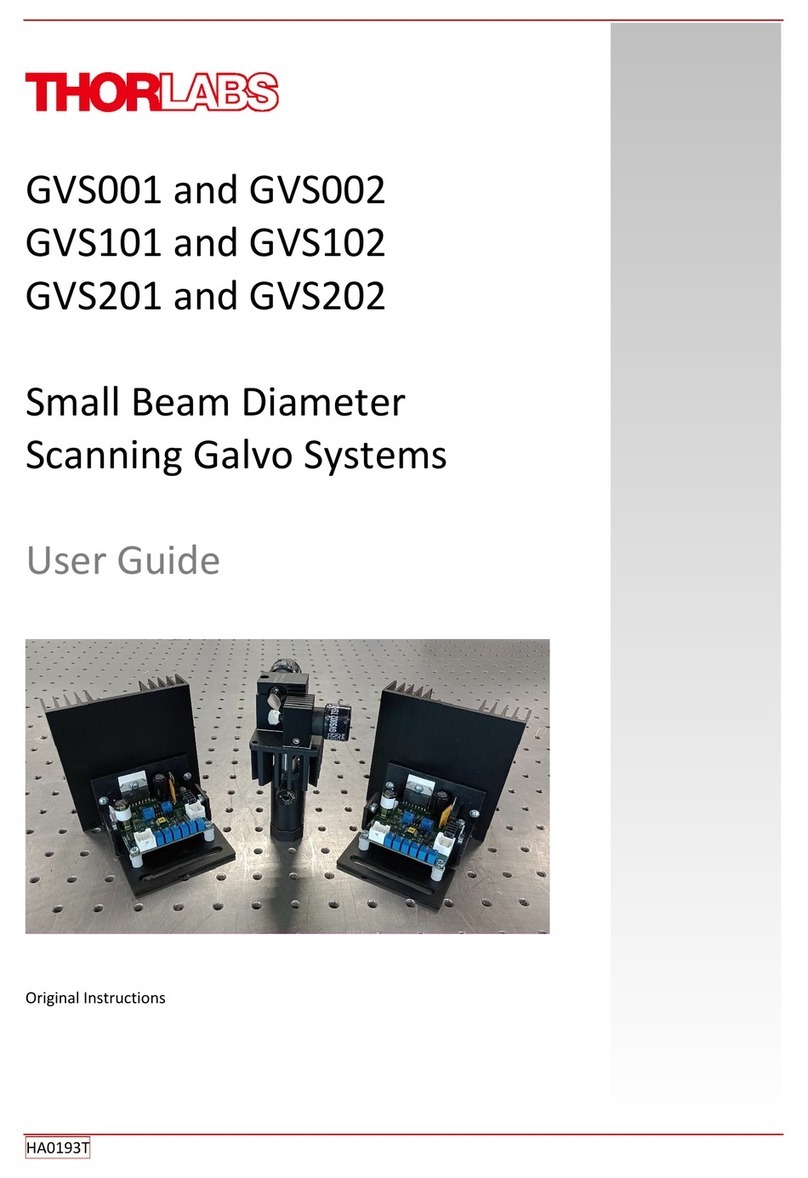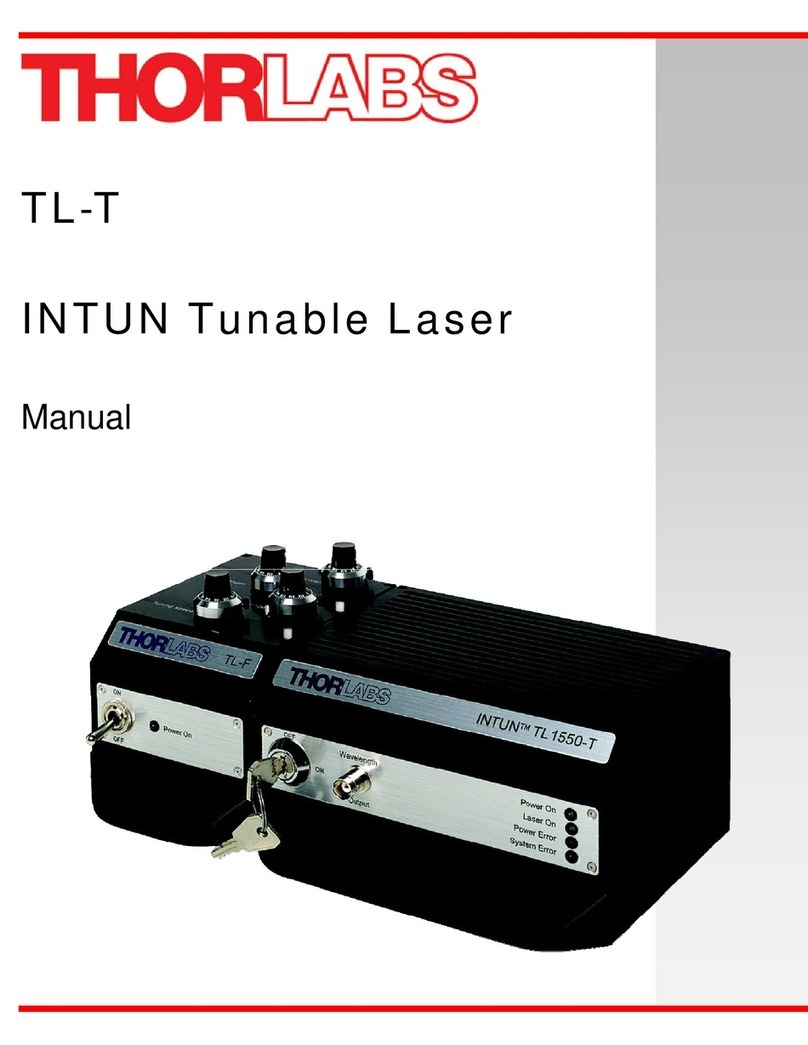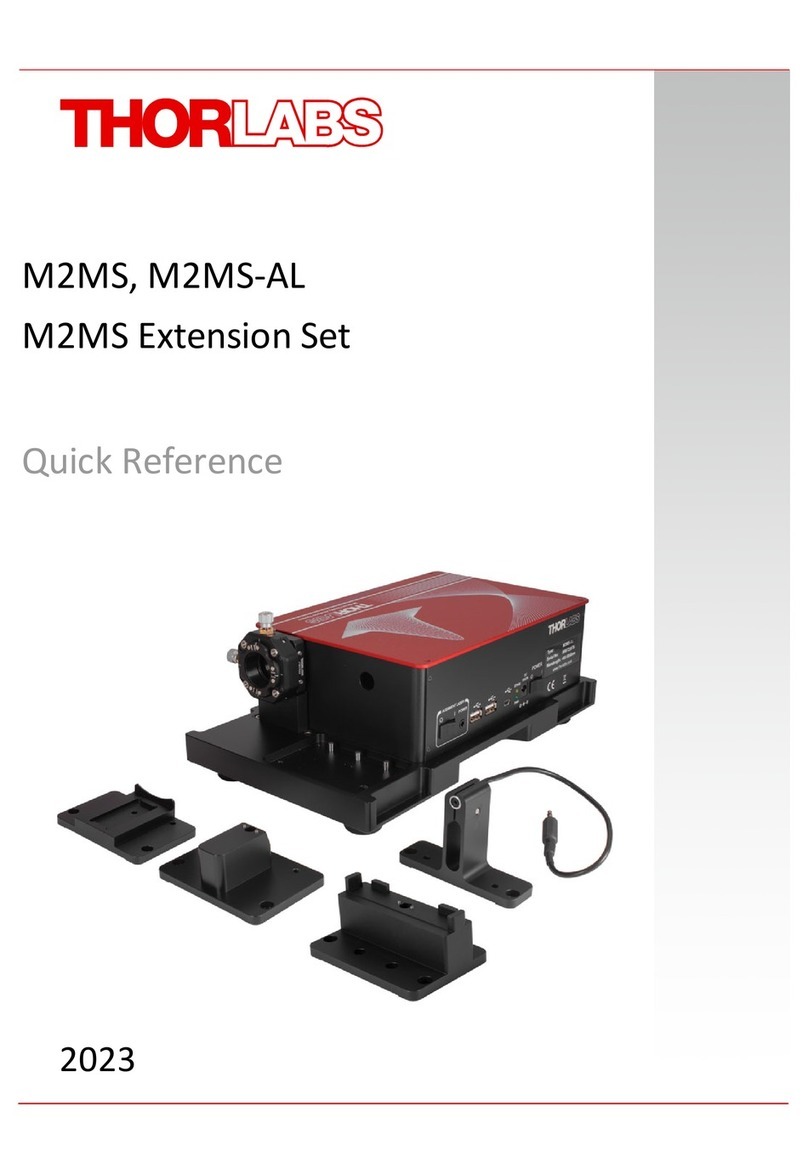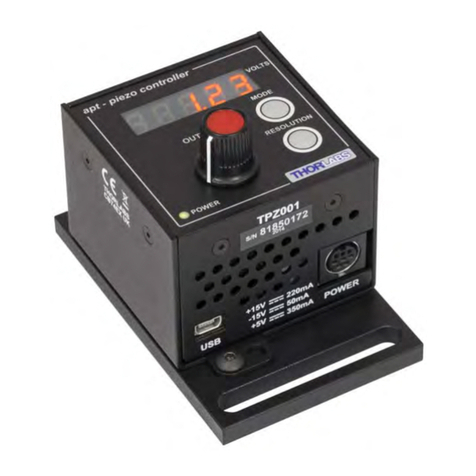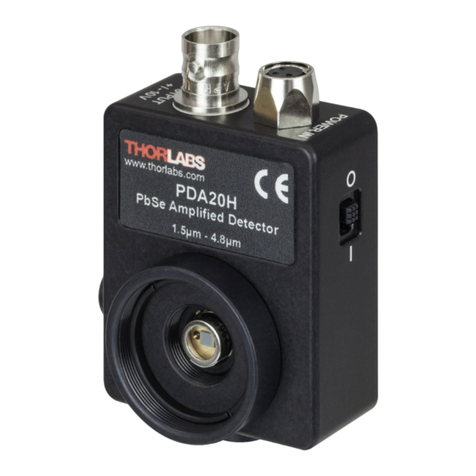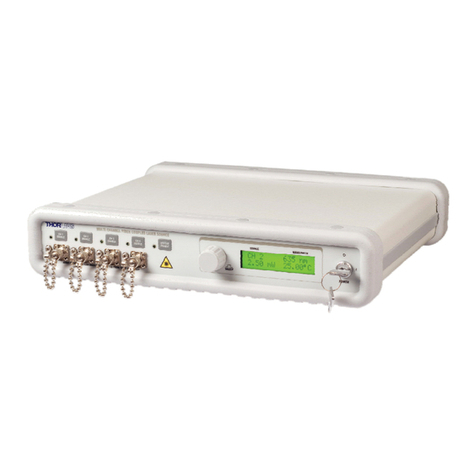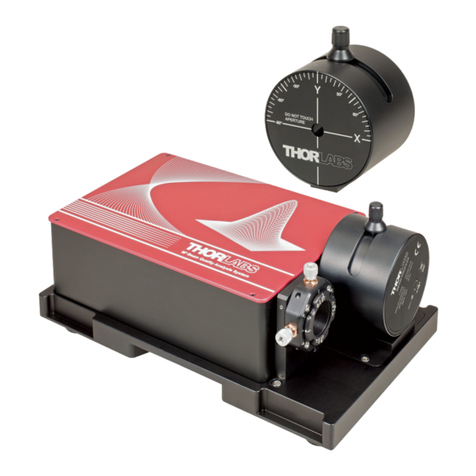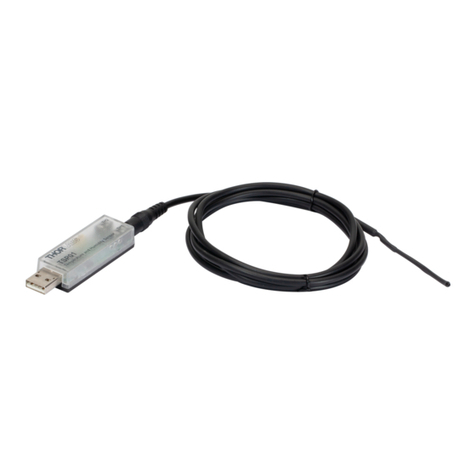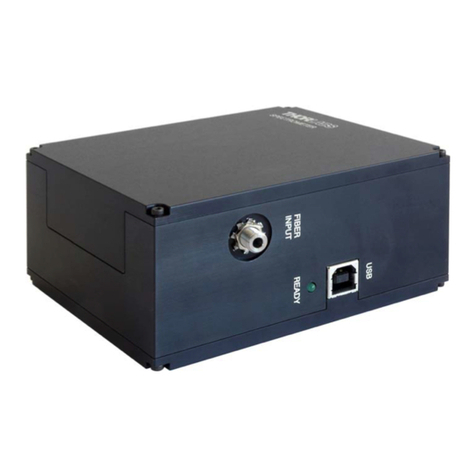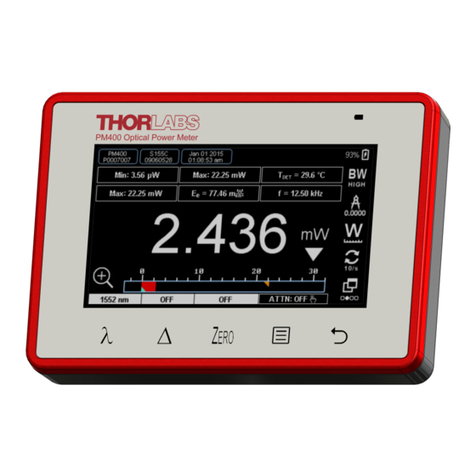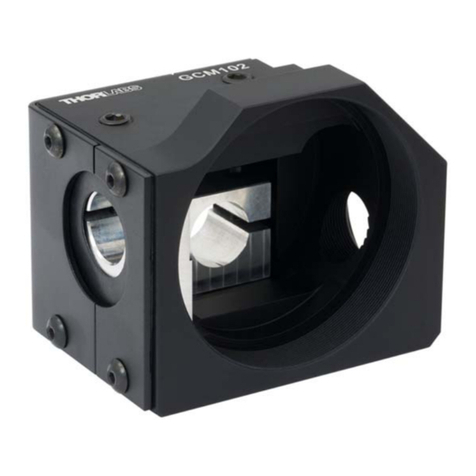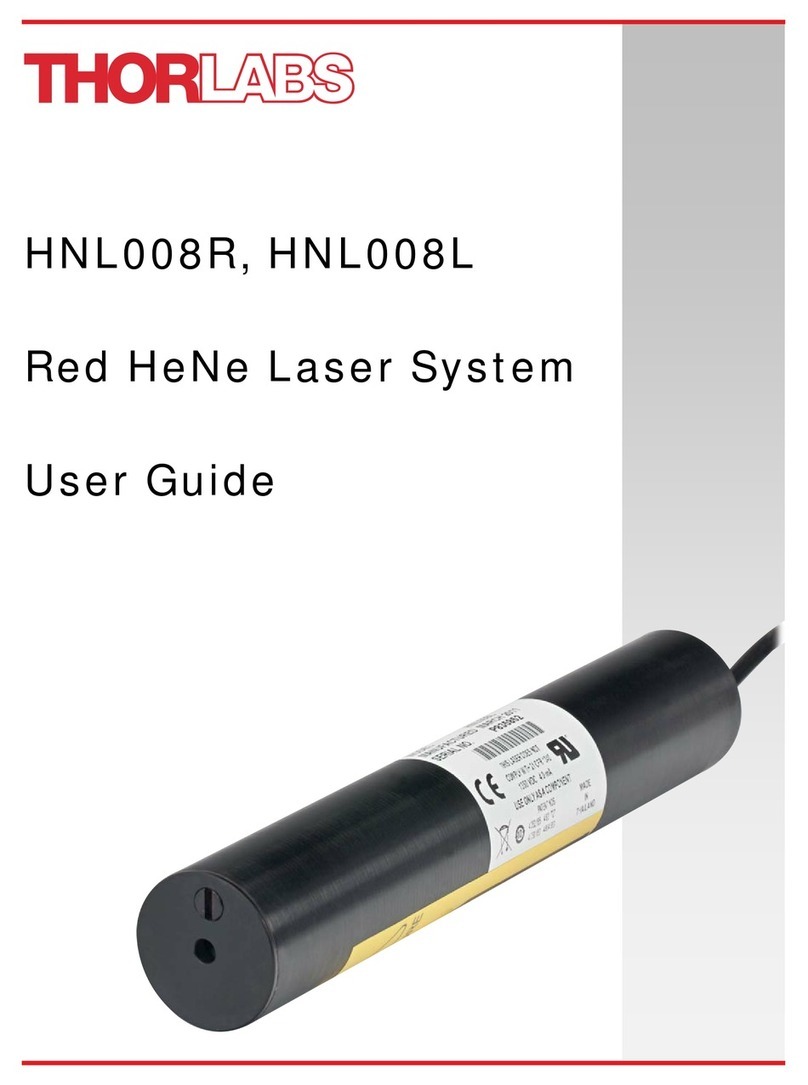Table of Contents
Chapter 1 Introduction................................................................................................................. 1
1.1. Safety....................................................................................................................... 2
1.2. Care and Maintenance ........................................................................................... 3
Optical Cleaning..........................................................................................................4
Fiber Cleaning Using the FBC250..............................................................................4
Service ........................................................................................................................4
Accessories and Customization..................................................................................4
Chapter 2 Setup ............................................................................................................................ 5
2.1. Unpacking............................................................................................................... 5
2.2. System Connections.............................................................................................. 5
Base Unit Connections................................................................................................5
Internal Electrical Connections ...................................................................................6
Electrical Interfaces to Imaging Scanner ....................................................................6
2.3. Optical Interface to Imaging Scanner................................................................... 6
2.4. System Installation................................................................................................. 7
Chapter 3 Description.................................................................................................................13
3.1. Tutorial.................................................................................................................. 13
Theory.......................................................................................................................14
Thorlabs Swept-Source OCT System Technology...................................................15
Nomenclature in OCT imaging..................................................................................17
3.2. SS-OCT Base Unit Components ......................................................................... 19
Base Unit...................................................................................................................19
PC with Graphical User Interface..............................................................................19
SDK...........................................................................................................................19
Imaging Scanner (Accessory)...................................................................................21
OCT-Stand (Accessory)............................................................................................23
Chapter 4 System Operation......................................................................................................25
4.1. Starting the System.............................................................................................. 25
Turning on the Base Unit ..........................................................................................25
Starting the Software.................................................................................................25
4.2. Basic Adjustments............................................................................................... 26
Adjusting the Focus...................................................................................................26
Adjusting the Reference Length................................................................................27
Adjusting Polarization................................................................................................28
Adjusting the Reference Light Intensity and Amplification........................................29
4.3. Advanced Adjustments ....................................................................................... 31
Focus and Choice of Objective Lens........................................................................31
Imaging through Refractive Media............................................................................33
Reflecting Surfaces and Interfaces...........................................................................34
Rough Surfaces ........................................................................................................34
4.4. Shutting Down the System.................................................................................. 34
4.5. Example Images................................................................................................... 35
Chapter 5 Imaging Artifacts.......................................................................................................37
5.1. Saturation and Non-Linearity.............................................................................. 37
5.2. Multiple Scattering ............................................................................................... 38
